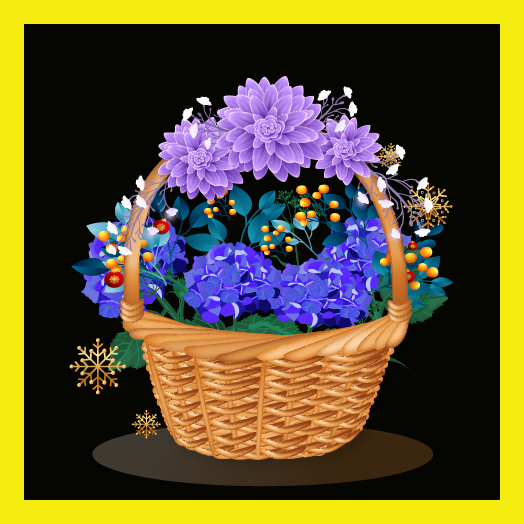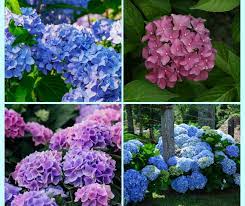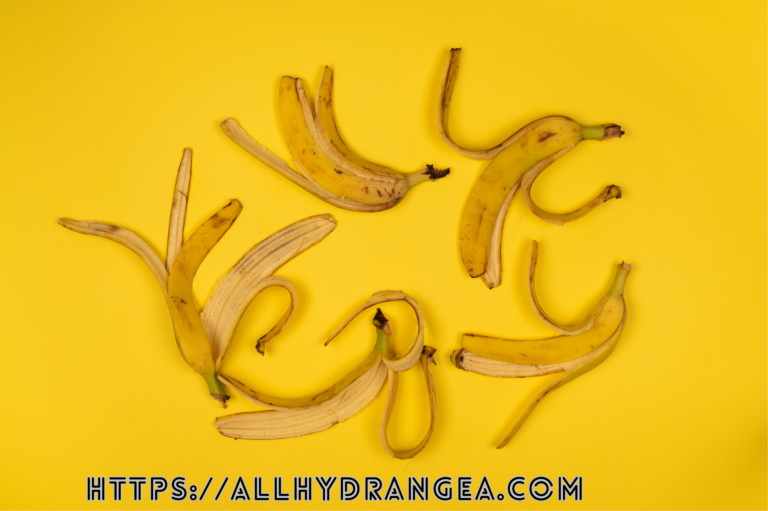What Is Hydrangeas?
The family Hydrangeas includes the genus Hydrangeas, which provides woody shrubs that can grow either upright or climbing. There are roughly 23 species of these plants, indigenous to the Western Hemisphere and Eastern Asia. Many kinds are cultivated in greenhouses and gardens for their gorgeous clusters of ball-shaped flowers.

The hills-of-snow, also known as wild hydrangea (H. arborescence), is a familiar species. This shrub stands just over one meter (four feet) tall and features circular bunches of white flowers. Another popular species is the French hydrangea or Hortense (H. macrophylla), cultivated in wide varieties for its large, globe-shaped flower clusters that come in various colours, including rose, lavender, and blue. Florists often use these cultivated varieties. Florists for special occasions. The colour of the flowers can vary depending on the acidity of the soil, with rose. Pink flowers appear neutral to low acidity. More muscular flowers appear under more muscular acidic conditions. The early addition of chemicals can increase soil acidity, producing blue flowers.
Hydrangeas are a genus of flowering plants that belong to the Hydrangea family. They are native. Ireland and America are widely cultivated for their large, showy various yours in a variety of colours, including white, pink, blue, and purple.
Hydrangeas typically bloom inmates in various climates, from temperate to subtropical. The flowers are arranged in large, dome-shaped clusters and can be either lace cap or mop head types. The colour of the flowers can depend on factors such as soil pH and the presence of aluminium ions.
In addition to their beauty, hydrangeas have several cultural and medicinal uses in some cultures as a remedy for conditions such as inflammation and pain. The leaves and flowers contain compounds such as quercetin and kaempferol, which have anti-inflammatory and antioxidant properties.
Famous hydrangeas are a popular and beloved ornamental plant with a rich history and diverse uses.
Hydrangea Meaning + Symbolism
The Greek word hydrangea, which hydros mean water, and Angus means jar. The plant resembles an ancient water pitcher, making the title fitting. As hydrangeas require constant moisture to thrive, it’s no surprise that watering is an essential part of their care.
Hydrangeas hold significant symbolism in many cultures, despite their high need for water. Blue hydrangeas have a special meaning in Japanese culture, as the emperor once gifted them to his girlfriend as a symbol of unity and togetherness. It’s remarkable how such a beautiful flower can hold such deep symbolism despite its high water needs.
In contrast, hydrangeas have a negative connotation in Europe, associated with arrogance and boastfulness. This symbolism comes from the plant’s ability to produce many flowers but few seeds. English men in the 1800s used to send hydrangeas to women who rejected them, accusing them of rigidity. As a result of this attitude, it’s believed that young women who grow hydrangeas in their front yard will never get married. In other words, if you’re having trouble finding a partner, you might want to check your yard for hydrangeas.
How to Read Hydrangeas History
The Ajisai, or hydrangea, is a beautiful plant that blooms in certain places during certain times. One such place is Atlanta, which blooms in full force and turns places like Meigetsuin Temple into a mystical and fragrant garden. Legend has it that a Japanese emperor once gifted blue hydrangeas to the family of a girl he loved to make up for neglecting her.
That’s interesting! Hydrangeas have been appreciated by individuals worldwide for centuries. It’s fascinating that ancient fossils suggest the plant has been around for 40-65 million years. However, it wasn’t until 1736, when a colonist introduced a North American variety of hydrangeas to England, that they became popular in Europe.
Hydrangeas have a rich and exciting history that spans centuries and cultures. The plants originated in Japan, where they have been cultivated for over 500 years. In Japanese culture, hydrangeas are often associated with gratitude and have been used in traditional medicine to treat conditions such as fever and oedema.
During the 18th century, hydrangeas introduce to Europe and quickly became popular as a garden plant. In the Victorian era, hydrangeas were popular among gardeners and frequently used in floral arrangements. They were so popular that they even inspired a popular song, “The Last Rose of Summer”, which includes the line “, The last rose of summer left blooming alone, All her lovely companions are faded and gone; No flower of her kindred, no rosebud is nigh, To reflect her blushes, or give a sigh for sigh.”
Hydrangeas are a popular ornamental plant that cultivates all over the world. Hydrangeas are versatile in any garden, coming in various colours and varieties. These flowers’ cultural and aesthetic beauty inspires people to appreciate and cultivate them.
Hydrangea Meaning by Color
Hydrangeas’ symbolism may differ across cultures, but their significance remains consistent worldwide. That’s why choosing the right hydrangea colour is essential, no matter where you are. With so many types available, including blue, white, pink, and purple, making the right choice is necessary.
Blue Hydrangeas

The meanings of different hydrangea colours remain primarily consistent across various cultures. For instance, blue hydrangeas still represent gratitude and understanding towards someone, just like in the Japanese legend of the emperor’s apology to his girlfriend. Whether in Japan or anywhere else, blue hydrangeas are a thoughtful way to express an apology or appreciation towards someone.
White Hydrangeas

I understand that white hydrangea can have different symbolisms attached to them. But, at the same time, those represent purity and grace, linked to negative traits like arrogance, vanity or boastfulness. It’s interesting to note that this negative connotation possibly originates from the Victorian era. Despite this, white hydrangeas are still popular for Easter bouquets due to their aesthetic appeal and positive symbolism.
Pink Hydrangeas

Pink hydrangeas, with their heart-shaped b, ize s and losing them a popular choice for spring and summer wedding bouquets and table arrangements.
Purple Hydrangeas

Purple lilacs are a beautiful way to express appreciation for one’s partner and celebrate years of marriage. Presenting them demonstrates a desire for intimacy and understanding of each other’s chosen interests and cultures. It’s a lovely expression of love and commitment.
Conclusion:
The history of hydrangeas is a testament to their enduring beauty and cultural significance. From their origins in Asia to their widespread popularity today, these enchanting flowers have left an indelible mark on the world of horticulture and our collective appreciation of natural beauty. As we continue to explore and cultivate these magnificent shrubs, we are reminded of the power of nature to inspire and uplift our lives. So, the next time you encounter a hydrangea, take a moment to appreciate its storied past and the timeless.
FAQ’S
The naming of the hydrangea can be traced back to the year 1739 when the botanist Grovonius bestowed upon this captivating flower its Latin name, Hydrangea. Delving into the etymology, Grovonius was inspired by the distinctive shape of the flower, which bore a resemblance to an ancient water pitcher.
To encapsulate this visual similarity, Grovonius combined two Greek words: ‘hydro,’ meaning water, and ‘ageing,’ meaning barrel or pitcher. The amalgamation of these terms gave rise to the name Hydrangea, reflecting the association between the flower’s form and the vessel used to hold water.
Symbolism imbues the hydrangea with profound meaning, representing gratitude, grace, and beauty. Its essence emanates abundance, embodied by the profusion of flowers and the generous round shape they form. Moreover, the colours the hydrangea display symbolise significance, evoking love, harmony, and peace.
Hydrangeas encompass a wide range of species, estimated at around 70-75 variations, showcasing their diverse nature. These resilient plants have successfully established themselves in various habitats across the globe. However, it is important to note that hydrangeas are moderately toxic and should not be consumed.





3 Comments